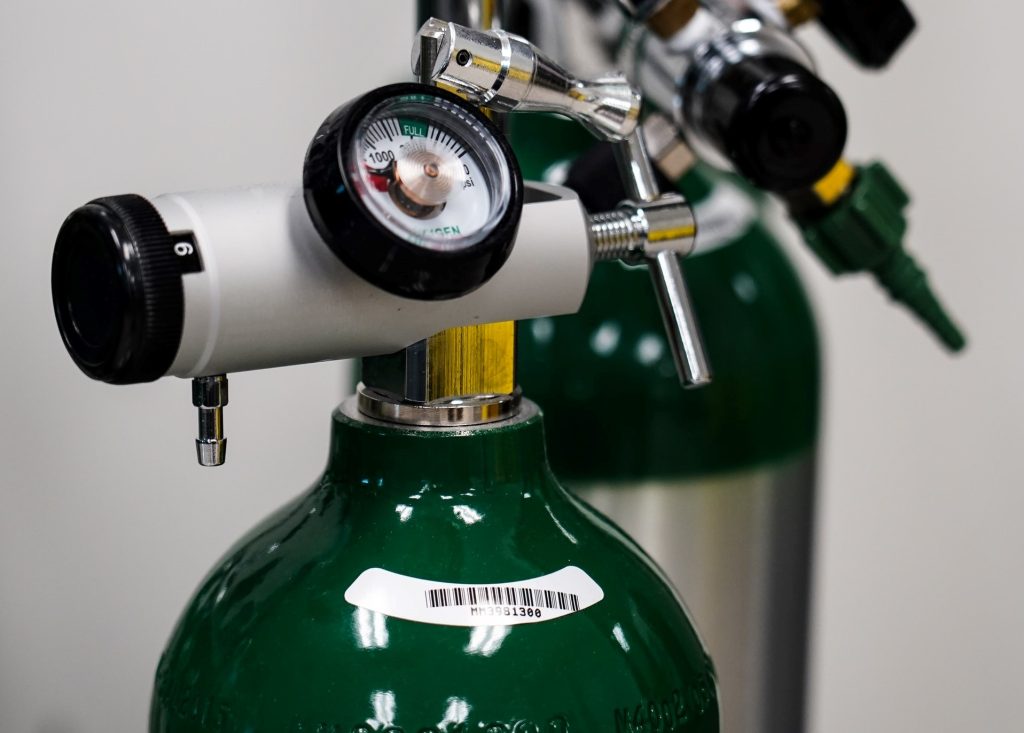
While carbon monoxide is associated with asphyxiation cases, in small doses it also has beneficial qualities, helping reduce inflammation and stimulate tissue regeneration.
But now, a team of researchers have devised a novel way to deliver carbon monoxide to the body without its hazardous effects. Inspired by techniques used in molecular gastronomy, they were able to incorporate carbon monoxide into stable foams that can be delivered to the digestive tract.
In a mouse study, the researchers showed that these foams reduced inflammation of the colon and helped to reverse acute liver failure caused by acetaminophen overdose. The researchers said that their new technique, described today in a Science Translational Medicine paper, could also be used to deliver other therapeutic gases.
“The ability to deliver a gas opens up whole new opportunities of how we think of therapeutics. We generally don’t think of a gas as a therapeutic that you would take orally (or that could be administered rectally), so this offers an exciting new way to think about how we can help patients,” said Giovanni Traverso, a professor at MIT and a gastroenterologist at Brigham and Women’s Hospital.
Inspired by fine cuisine
Since the late 1990s, Leo Otterbein, a professor of surgery at Harvard Medical School and Beth Israel Deaconess Medical Center, has been studying the therapeutic effects of low CO doses. The gas has been shown to impart beneficial effects in preventing rejection of transplanted organs, reducing tumour growth, and modulating inflammation and acute tissue injury.
When inhaled at high concentrations, CO binds to haemoglobin in the blood and prevents the body from obtaining enough oxygen, which can be fatal in same cases. However, at lower doses, it has beneficial effects such as reducing inflammation and promoting tissue regeneration, Prof Otterbein said.
“We’ve known for years that carbon monoxide can impart beneficial effects in all sorts of disease pathologies, when given as an inhaled gas,” he saud. “However, it’s been a challenge to use it in the clinic, for a number of reasons related to safe and reproducible administration, and health care workers’ concerns, which has led to people wanting to find other ways to administer it.”
Prof Traverso’s lab specialises in developing novel methods for delivering drugs to the gastrointestinal tract. They came up with the idea of incorporating the gas into a foam, much the way that chefs use carbon dioxide to create foams infused with fruits, vegetables, or other flavours.
Culinary foams are usually created by adding a thickening or gelling agent to a liquid or a solid that has been pureed, and then either whipping it to incorporate air or using a specialised siphon that injects gases such as carbon dioxide or compressed air.
The MIT team created a modified siphon that could be attached to any kind of gas canister, allowing them to incorporate CO into their foam. To create the foams, they used food additives such as alginate, methyl cellulose, and maltodextrin. Xantham gum was also added to stabilise the foams. By varying the amount of xantham gum, the researchers could control the release rate of CO gas from the foam.
After showing that they could control the timing of the gas release in the body, the researchers decided to test the foams for a few different applications. First, they studied two types of topical applications, analogous to applying a cream to soothe itchy or inflamed areas. In a study of mice, they found that delivering the foam rectally reduced inflammation caused by colitis or radiation-induced proctitis (inflammation of the rectum that can be caused by radiation treatment for cervical or prostate cancer).
Current treatments for colitis and other inflammatory conditions such as Crohn’s disease usually involve drugs that suppress the immune system, which can make patients more susceptible to infections. Treating those conditions with a foam that can be applied directly to inflamed tissue offers a potential alternative, or complementary approach, to those immunosuppressive treatments, the researchers said. While the foams were given rectally in this study, it could also be possible to deliver them orally, the researchers say.
Controlling the dose
The researchers then investigated possible systemic applications to deliver CO to remote organs, such as the liver, because of its ability to diffuse from the GI tract elsewhere in the body. For this study, they used a mouse model of acetaminophen overdose, which causes severe liver damage. They found that gas delivered to the lower GI tract was able to reach the liver and greatly reduce the amount of inflammation and tissue damage seen there.
In these experiments, the researchers did not find any adverse effects after the carbon monoxide administration. A healthy individual has CO levels of ~1% in the bloodstream, and studies of human volunteers have shown that levels as high as 14% can be tolerated without adverse effects.
“We think that with the foam used in this study, we’re not even coming close to the levels that we would be concerned about,” Otterbein says. “What we have learned from the inhaled gas trials has paved a path to say it’s safe, as long as you know and can control how much you’re giving, much like any medication. That’s another nice aspect of this approach — we can control the exact dose.”
In this study, the researchers also created carbon-monoxide containing gels, as well as gas-filled solids, using techniques similar to those used to make Pop Rocks, the hard candies that contain pressurised carbon dioxide bubbles. They plan to test those in further studies, in addition to developing the foams for possible tests in human patients.
Source: MIT

